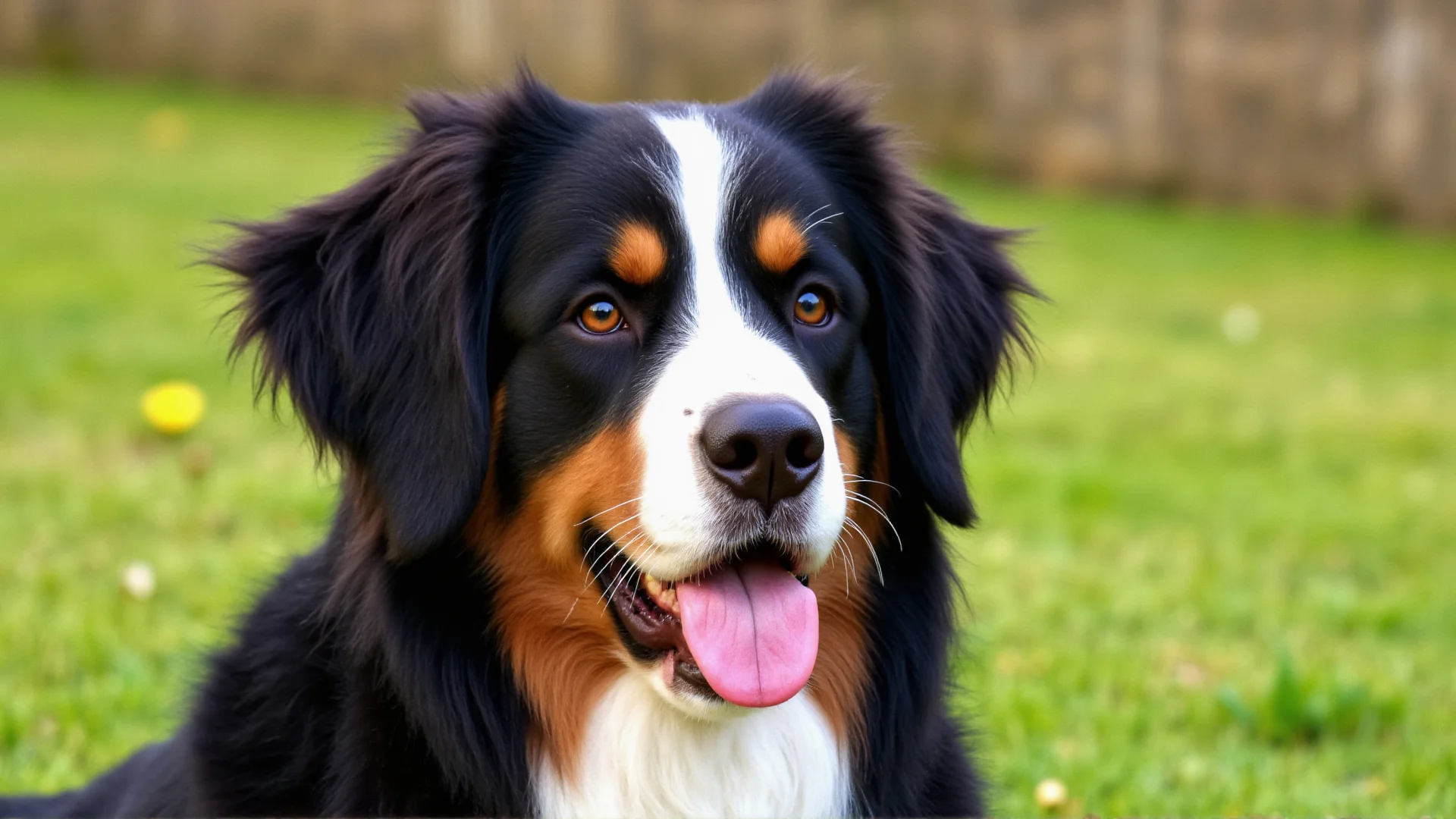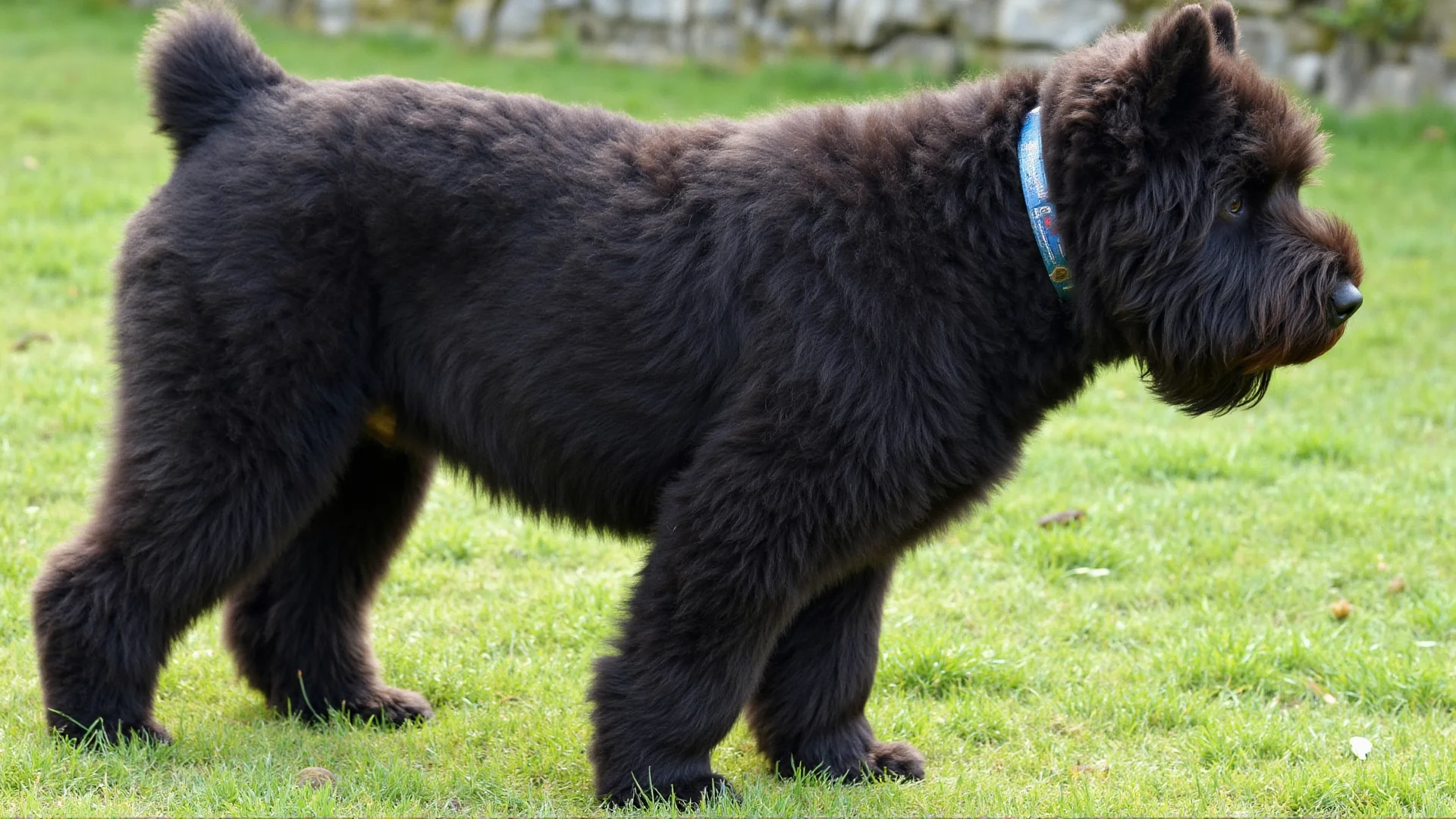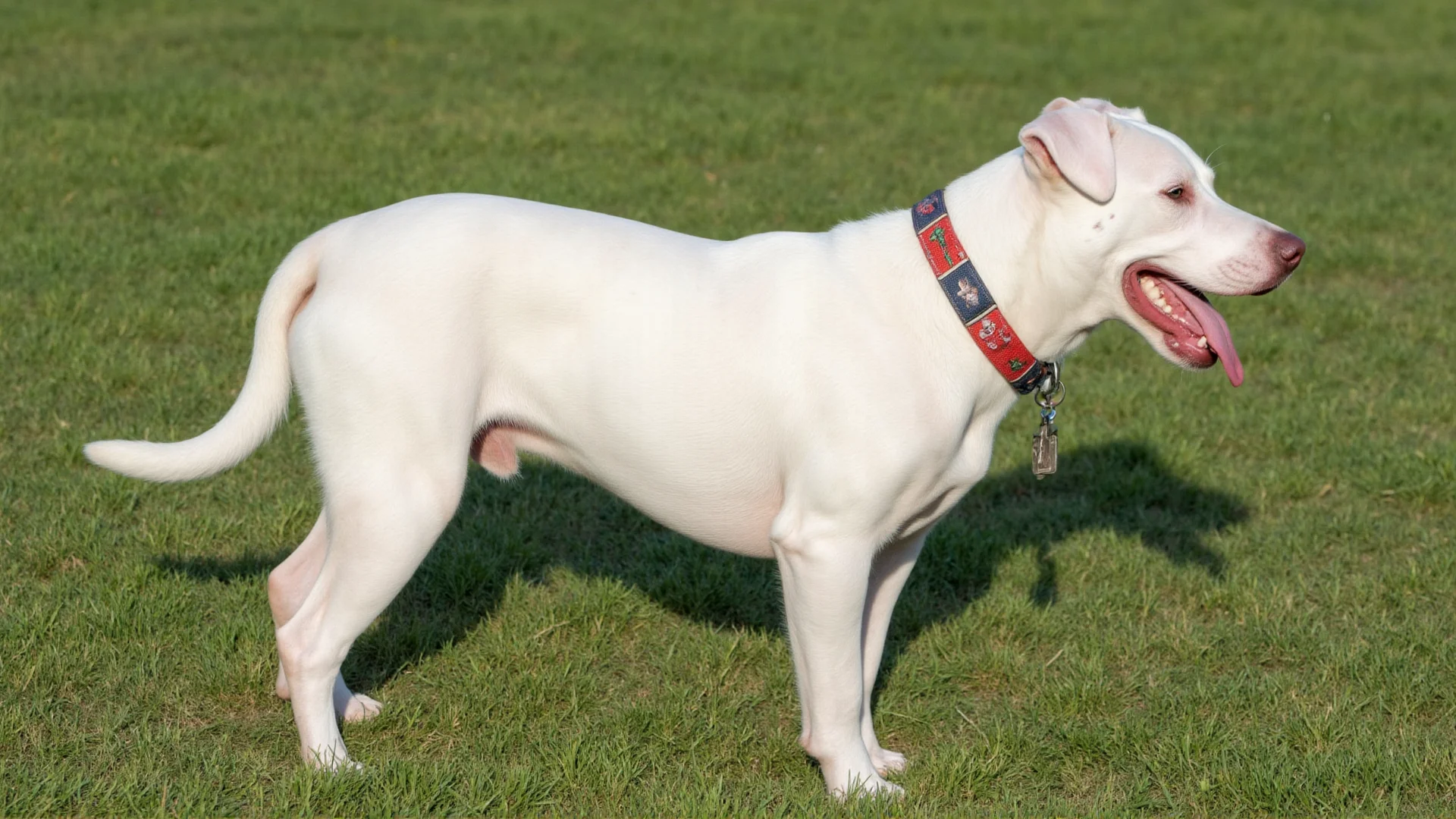Bernese Mountain Dogs: Honoring Their Working Heritage Through Modern Training
The Bernese Mountain Dog, with their distinctive tri-colored coat and gentle demeanor, may seem like the perfect family companion—and they are. However, beneath that calm exterior lies the heart of a true working dog, bred for centuries to perform demanding tasks in the Swiss Alps.
Understanding the Working Dog Legacy
Originally known as "Berner Sennenhund," these magnificent dogs were essential partners to Swiss farmers for over 2,000 years. They served multiple roles: driving cattle to market, pulling heavy carts loaded with milk and cheese, and protecting farmsteads from predators. This rich working heritage has shaped every aspect of their temperament and physical capabilities.
Modern Bernese Mountain Dogs retain these working instincts, which means they need more than just daily walks to truly thrive. Understanding their historical purpose is crucial for any owner looking to provide fulfilling activities that honor their dog's genetic programming.
Physical Characteristics That Support Working Activities
Bernese Mountain Dogs possess several physical traits that make them exceptional working companions:
Powerful Build and Endurance
Males typically weigh 80-115 pounds, while females range from 70-95 pounds. This substantial size, combined with their sturdy bone structure, allows them to perform demanding physical tasks. Their broad chest provides excellent lung capacity for sustained work, while their strong hindquarters generate the power needed for pulling and climbing.
Weather-Resistant Coat
Their double coat isn't just beautiful—it's functional. The dense undercoat provides insulation against cold temperatures, while the longer outer coat repels moisture and debris. This natural protection allows them to work comfortably in various weather conditions, making them excellent candidates for outdoor activities year-round.
Intelligent Expression and Alertness
Those soulful brown eyes reflect genuine intelligence. Berners are naturally observant and quick to learn, traits that made them invaluable farm workers. They can read human body language exceptionally well and anticipate their handler's needs.
Channeling Working Instincts Through Training
Cart Pulling (Drafting)
Perhaps no activity better honors the Bernese Mountain Dog's heritage than cart pulling. This traditional skill can be adapted for modern life in numerous ways:
- Getting Started: Begin with a properly fitted harness designed for drafting. Never use a collar for pulling activities, as this can damage the trachea.
- Weight Guidelines: A healthy adult Berner can pull up to 3 times their body weight on wheels, though starting with much lighter loads is essential.
- Practical Applications: Use carts for hauling garden supplies, collecting firewood, or even giving children rides during special occasions.
- Training Progression: Start by simply having your dog wear the harness, then attach lightweight objects, gradually increasing weight and complexity.
Advanced Obedience and Rally Work
Berners excel in structured activities that challenge their minds while reinforcing the human-dog working partnership:
Rally Obedience: This sport combines traditional obedience with a course of stations, each requiring different skills. The teamwork aspect appeals to the Berner's desire to work closely with their handler.
Therapy Dog Training: Their gentle nature and substantial presence make Berners excellent therapy dogs. This work satisfies their need to have a job while providing immense value to communities.
Weight Pulling Competitions
Organized weight pulling allows Berners to demonstrate their natural strength in a controlled, safe environment. Dogs are categorized by weight, and they compete to pull the heaviest load over a specified distance. This activity requires:
- Proper conditioning and fitness preparation
- Specialized training in harness work
- Understanding of weight pulling rules and safety protocols
- Regular veterinary clearance for participation
Mental Stimulation for Working Minds
Problem-Solving Games
Berners need mental challenges that mirror the decision-making required in traditional farm work:
Hide and Seek Variations: Hide treats or toys around your property, encouraging your dog to use their nose and problem-solving skills to locate them. This mimics the searching behaviors they would have used on farms.
Puzzle Feeders: Replace simple food bowls with puzzle feeders that require manipulation to access food. This slows down eating while providing mental stimulation.
Scent Work
Develop your Berner's natural scenting abilities through structured nose work. Start with simple games where you hide treats in boxes, gradually advancing to more complex scent discrimination tasks. This type of work engages their minds intensely and provides the satisfaction of completing a task.
Building a Training Schedule
Daily Routine Structure
A working-oriented routine for a Bernese Mountain Dog should include:
Morning Session (20-30 minutes): Basic obedience review, short training session on new skills, and light physical activity. This sets a productive tone for the day.
Midday Activity: Mental stimulation through puzzle toys or scent work while you're at work. This prevents boredom and destructive behaviors.
Evening Work Session (45-60 minutes): More intensive training such as cart work, rally practice, or advanced obedience. Follow with a cool-down walk and bonding time.
Weekly Goals
Establish weekly objectives that build toward larger training goals. For example:
- Week 1-2: Introduction to harness and basic pulling concepts
- Week 3-4: Adding light weight and directional commands
- Week 5-6: Increasing weight and introducing obstacles
- Week 7-8: Practical application and real-world scenarios
Safety Considerations for Working Activities
Health Monitoring
Bernese Mountain Dogs are prone to certain health issues that can affect their ability to perform working activities safely:
Hip and Elbow Dysplasia: Have your dog evaluated by a veterinarian before beginning any intensive physical training. Regular check-ups are essential for dogs engaged in pulling or weight-bearing activities.
Heart Health: Berners can develop heart conditions, so any working dog should have regular cardiac evaluations, especially before participating in strenuous activities.
Heat Sensitivity: Their thick coats make them susceptible to overheating. Always work during cooler parts of the day and provide plenty of water and shade.
Equipment Safety
Invest in high-quality, properly fitted equipment designed specifically for working dogs. Cheap or ill-fitting harnesses can cause injury and create negative associations with work activities.
The Psychological Benefits of Working Activities
Providing working activities for your Bernese Mountain Dog offers numerous psychological benefits that contribute to their overall well-being:
Confidence Building
Successfully completing tasks builds confidence and strengthens the dog's sense of purpose. Berners who engage in regular working activities often display more confident body language and better problem-solving abilities in other areas of their lives.
Stress Reduction
Having a job to do can significantly reduce anxiety and stress-related behaviors. Dogs with adequate mental and physical stimulation are less likely to develop destructive habits or separation anxiety.
Enhanced Bonding
Working together toward common goals strengthens the human-dog bond in ways that simple companionship cannot achieve. The trust and communication required for successful working partnerships create deeper relationships.
Getting Started: Your First Steps
If you're ready to begin honoring your Bernese Mountain Dog's working heritage, start with these practical steps:
- Assess Your Dog's Current Fitness Level: Consult with your veterinarian to ensure your dog is healthy enough for increased activity.
- Choose Your Focus Area: Decide whether you want to pursue cart pulling, therapy work, or another working activity based on your dog's interests and abilities.
- Invest in Quality Equipment: Purchase or research proper equipment before beginning training.
- Find Training Resources: Look for local clubs, trainers, or online resources specific to your chosen activity.
- Start Slowly: Begin with short, positive sessions and gradually build complexity and duration.
- Document Progress: Keep a training log to track your dog's development and identify areas that need attention.




